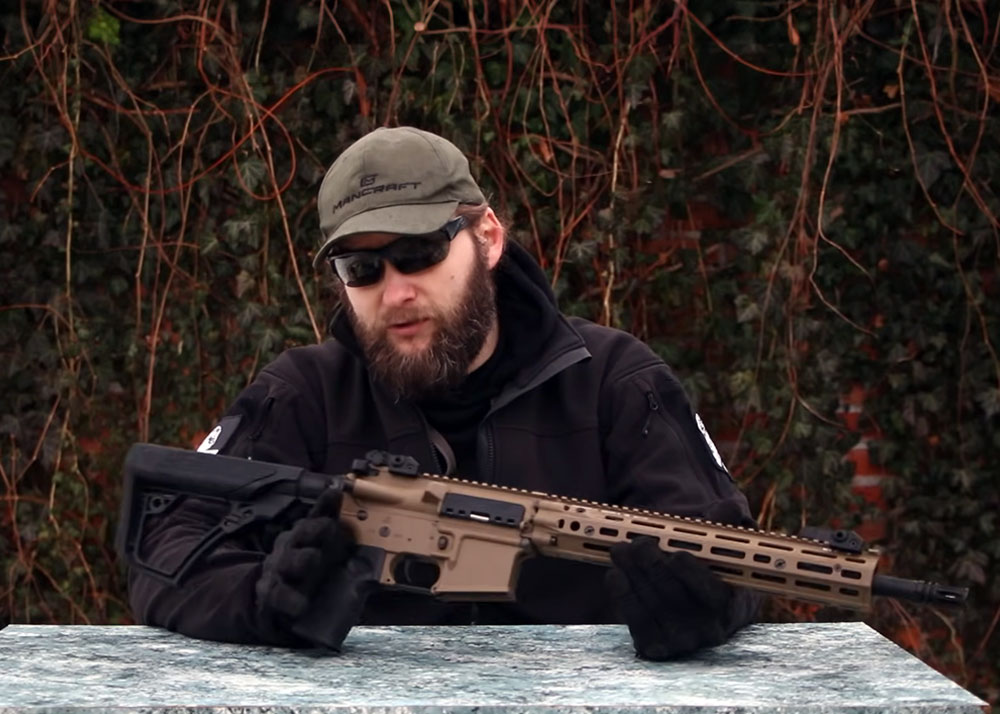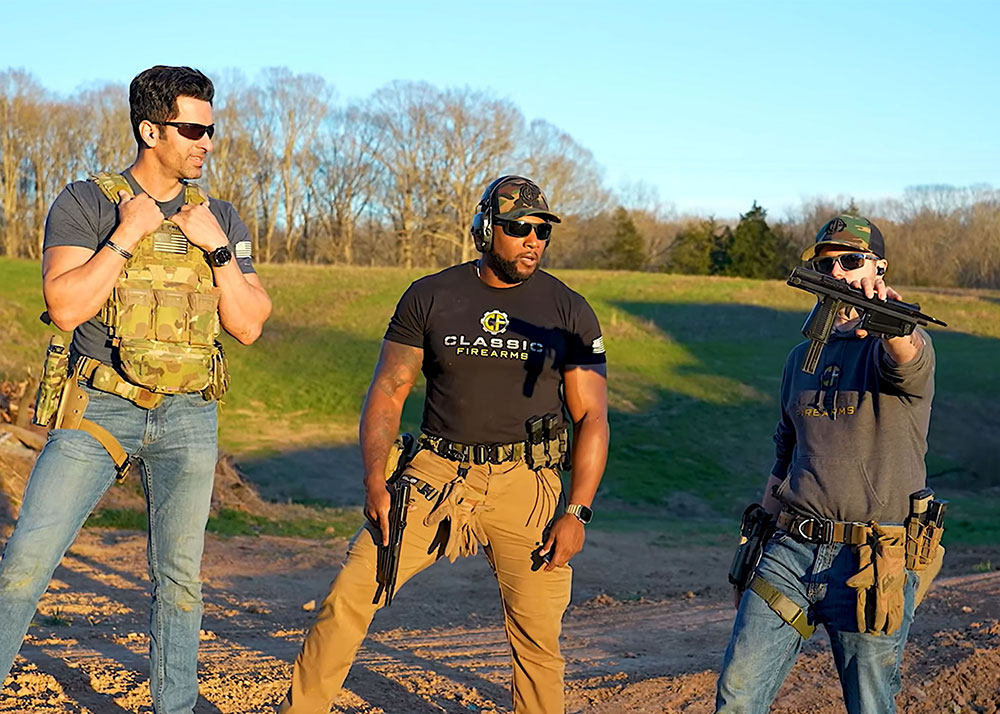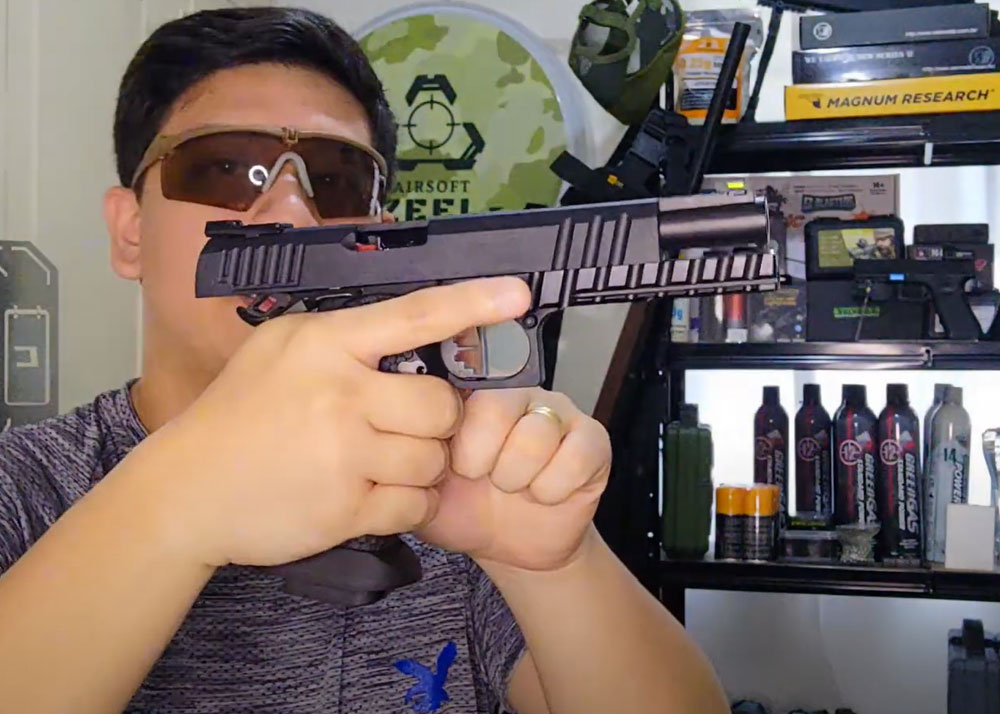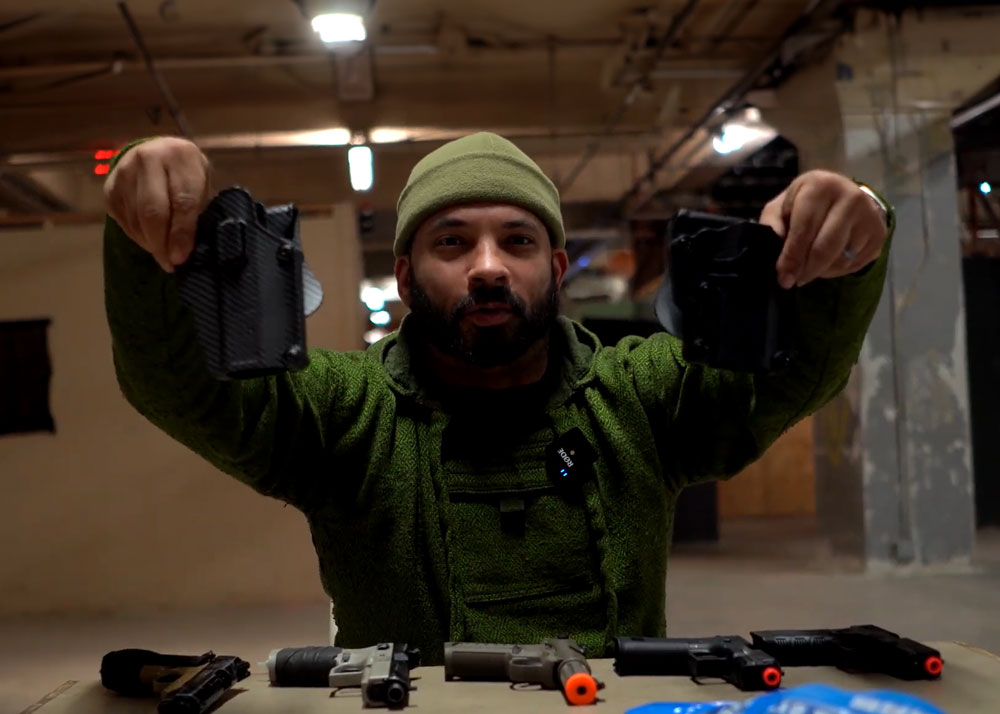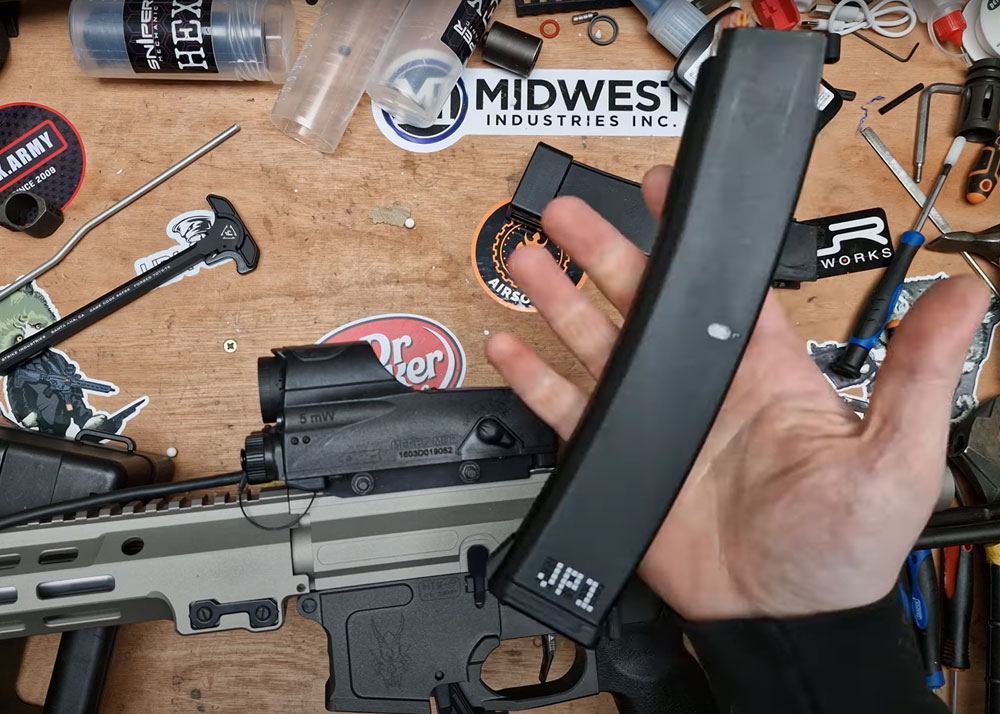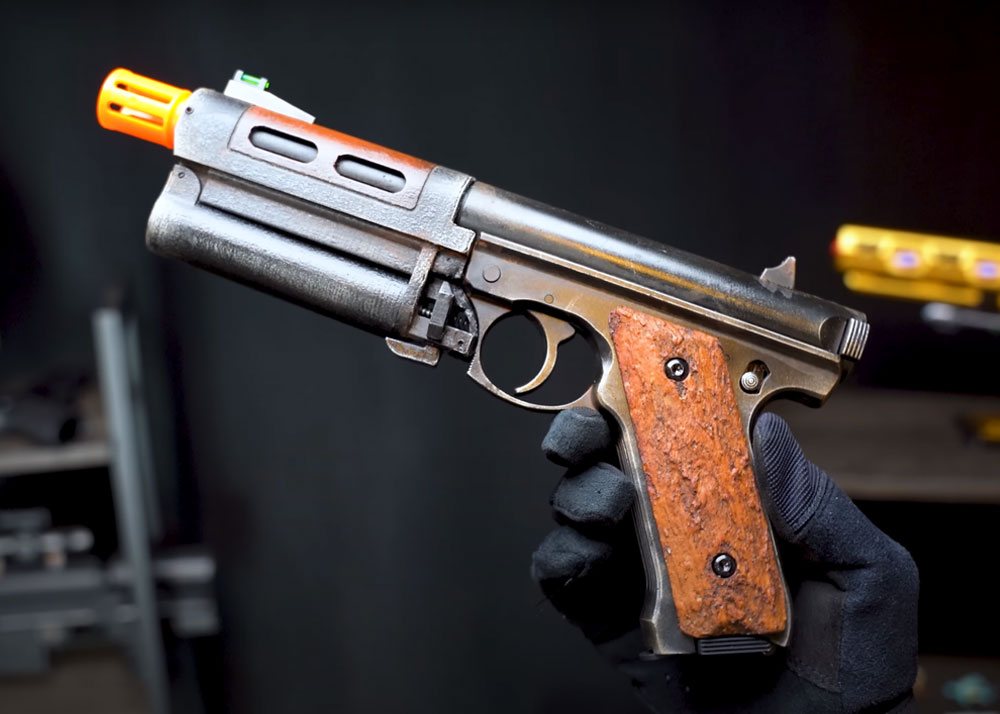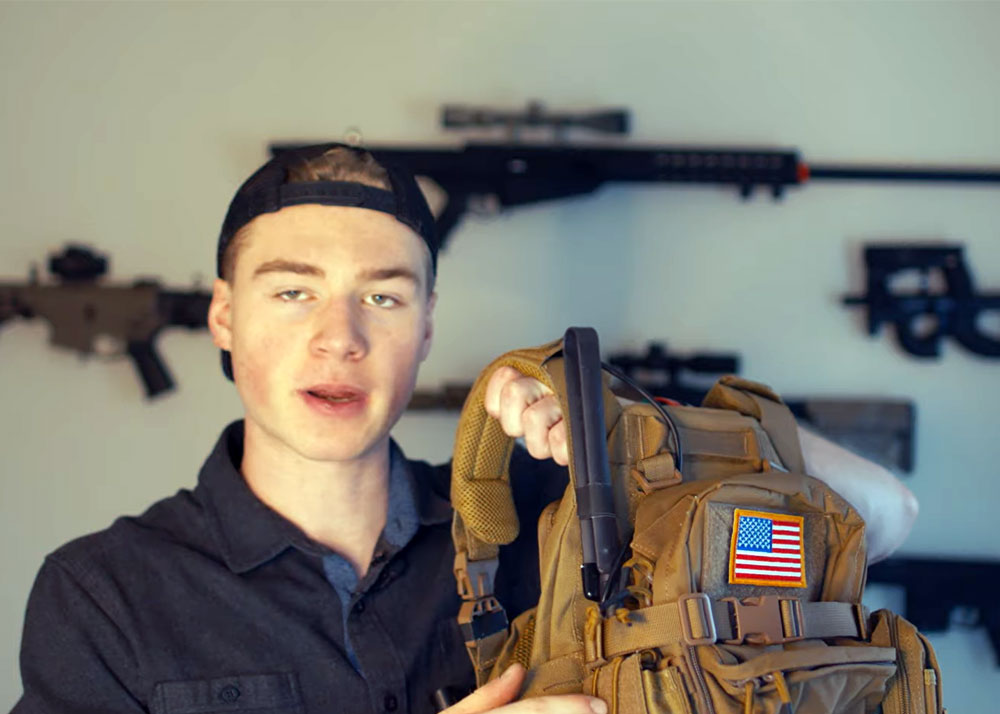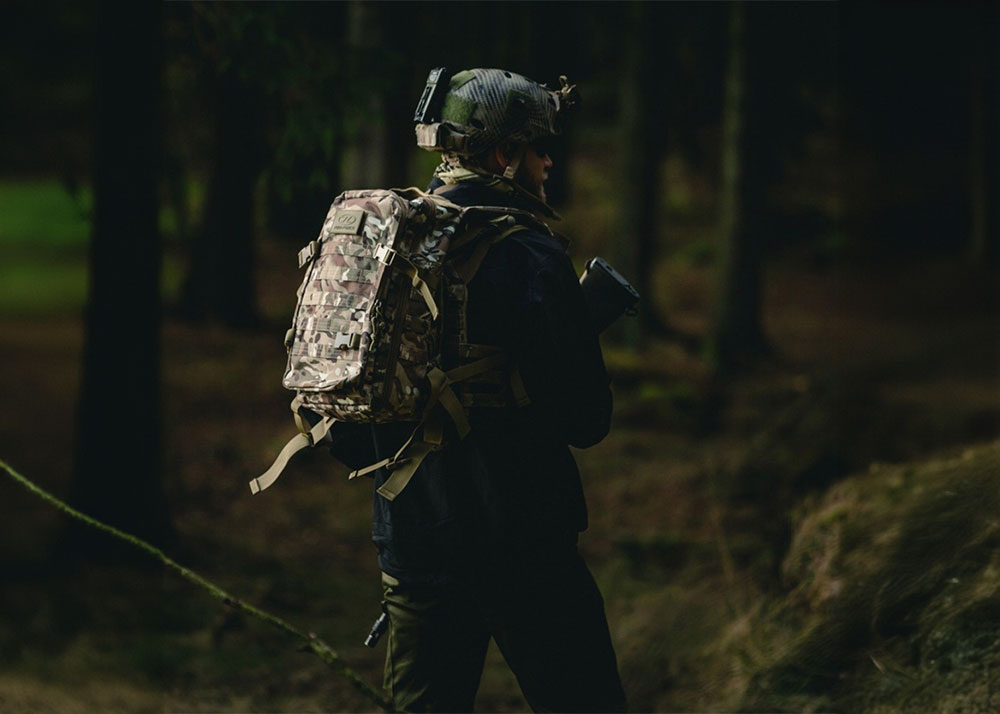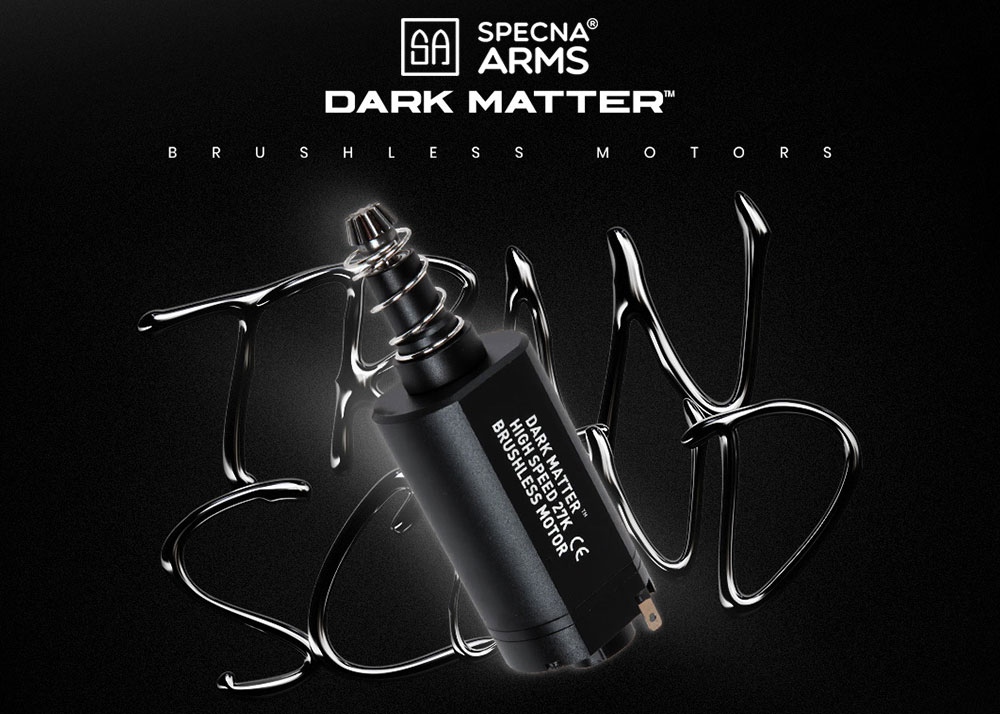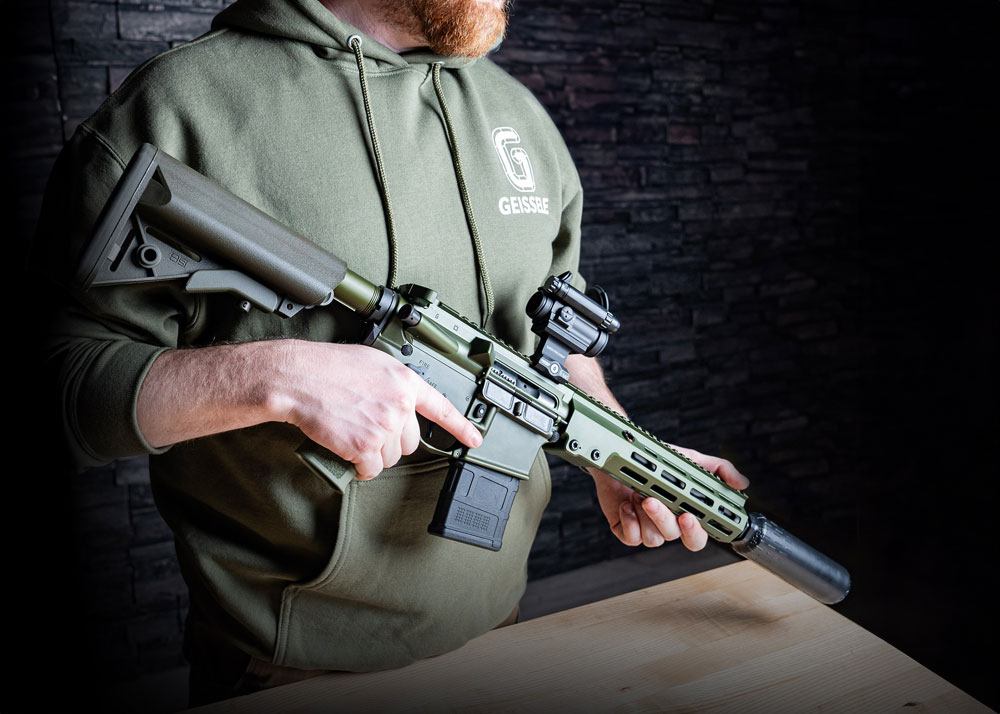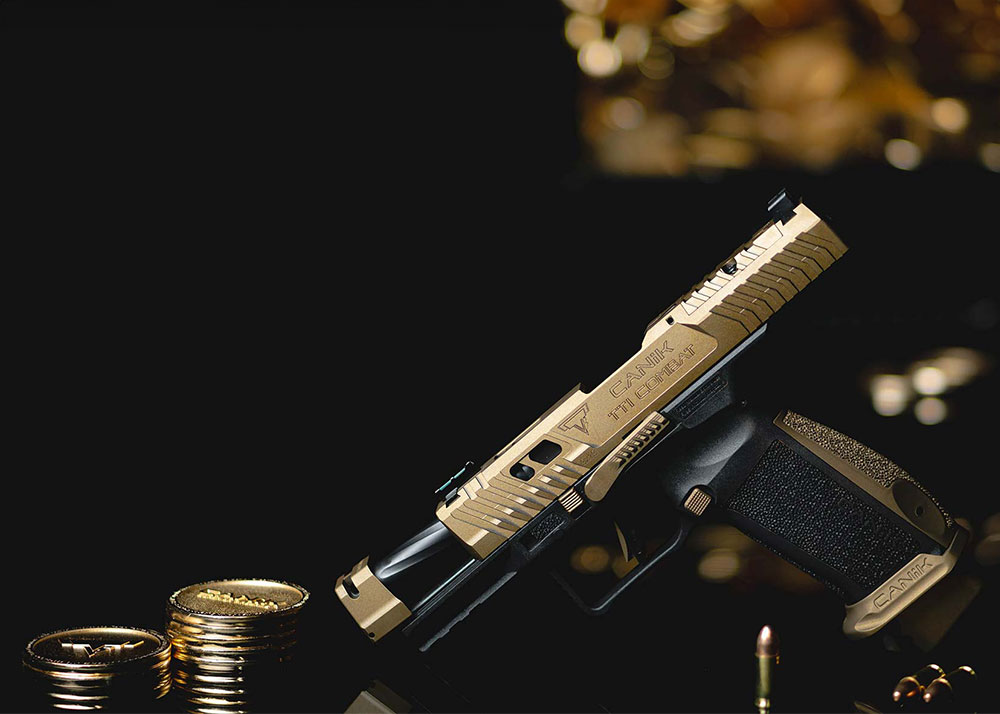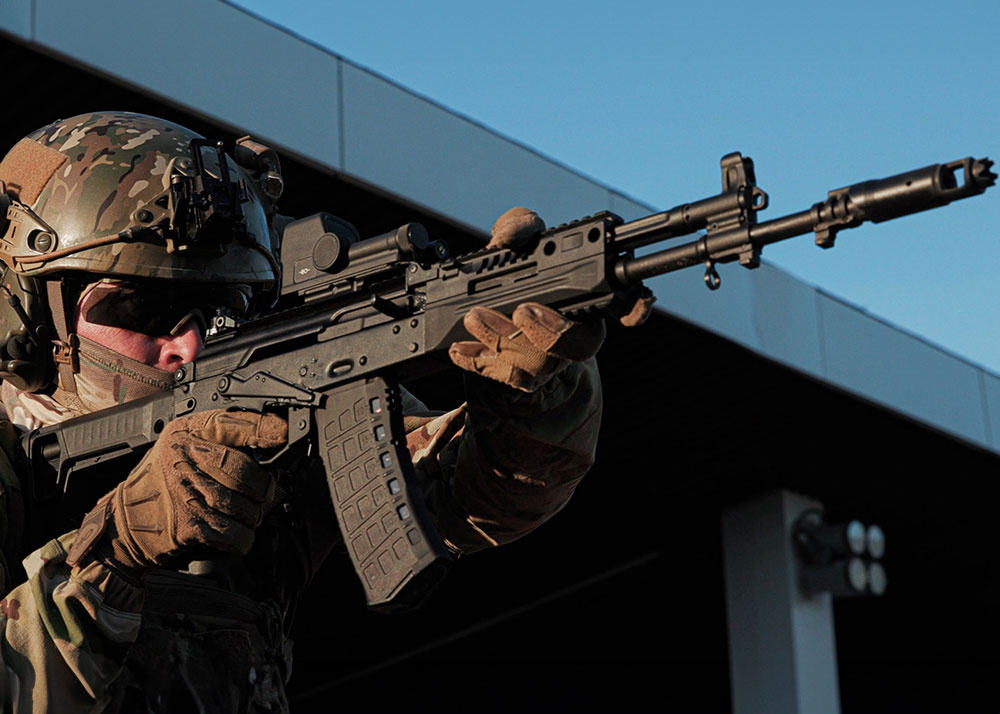The U.S. Army MAXFAS Exoskeleton Helps Troops Learn To Shoot Better
Logan
06 Jul 2015
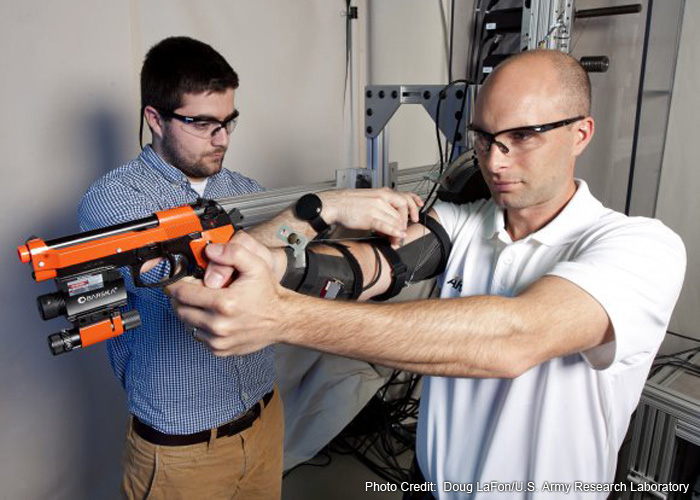
What use is an army if its soldiers don't know how to shoot? Even if they know how to shoot, can they shoot faster, steadier, and more accurately? The U.S. Army, while it trains its troops hard to shoot better than the enemy, is working on an exoskeleton that will help the troops to do even better and at faster rate of learning.
In a report at Army.mil, U.S. Army Research Laboratory (ARL) researcher Dan Baechele has developed a prototype mechatronic arm exoskeleton called MAXFAS or the Mobile Arm eXoskeleton for Firearm Aim Stabilization. By its name itself, it helps the soldiers develop shooting proficiency with better stabilized aims, just like the stabilization features in video and still cameras, with which one can shoot an image handheld steadily without the aid of a tripod. It cancels out tremors in the arms while aiming, helping the arms develop "muscle memory" for better and steady aiming even under the stress of battle.
The MAXFAS is a series of cables and sensors that is strapped to the soldiers arms. These sense the movement of the arm and pull the arm accordingly like a puppet on a string. There are gyroscopes and accelerometers detecting the movement and sending the information to the microchip which then will distinguish voluntary or involuntary motions.
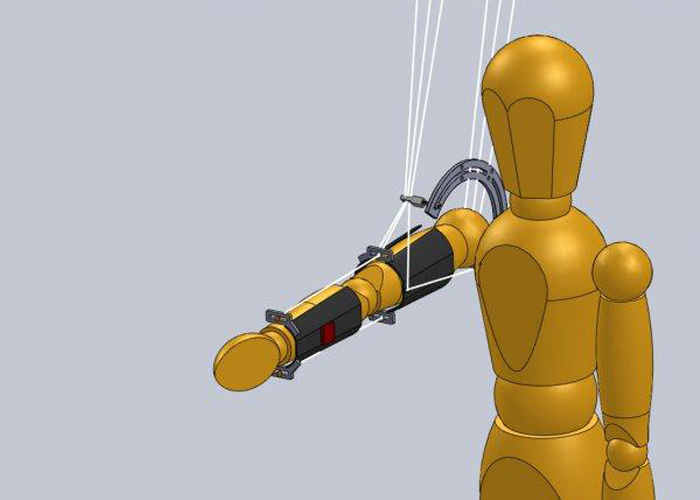
Once MAXFAS has determined the frequency of the soldier's arm motions and tremors when aiming the cables are then activated to hold the arm still to help develop the steady aiming. With the help of airsoft pistols that weigh the same as the real firearm and with a mounted laser, the soldier than does some aiming at a cardboard target with the MAXFAS until the tremors affecting arm shake during aiming is reduced and accuracy improves. Test subjects who wore the MAXFAS were able to shoot better than test subjects who didn't wear the contraption, even with the MAXFAS removed from their arms.
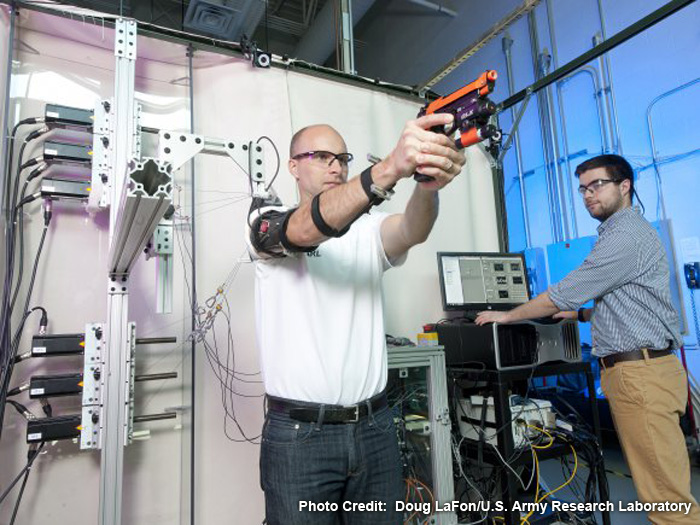
For now the MAXFAS is still a prototype with plans to have it in a backpack to help soldiers develop better aiming while on training on the field. This would be even better if such an exoskeleton can be made more lightweight that it's worn like a sleeve by a soldier on an actual battlefield. Such technology can surely help soldiers still aim good even if fatigue has set in.
Application of the MAXFAS goes beyond soldier training. Airsoft players and practical/sport shooters, including Olympic shooters can benefit greatly from MAXFAS. For shooting clubs, investing in the MAXFAS, if becomes available for commercial use, can help their shooters develop an advantage over the competition in shooting tournaments.
Read more about the MAXFAS in this interview with lead researcher Dan Baechle.


